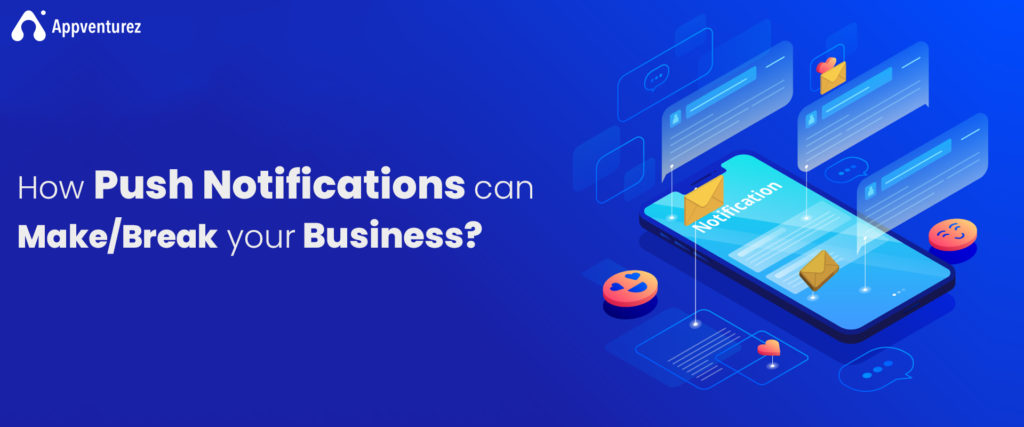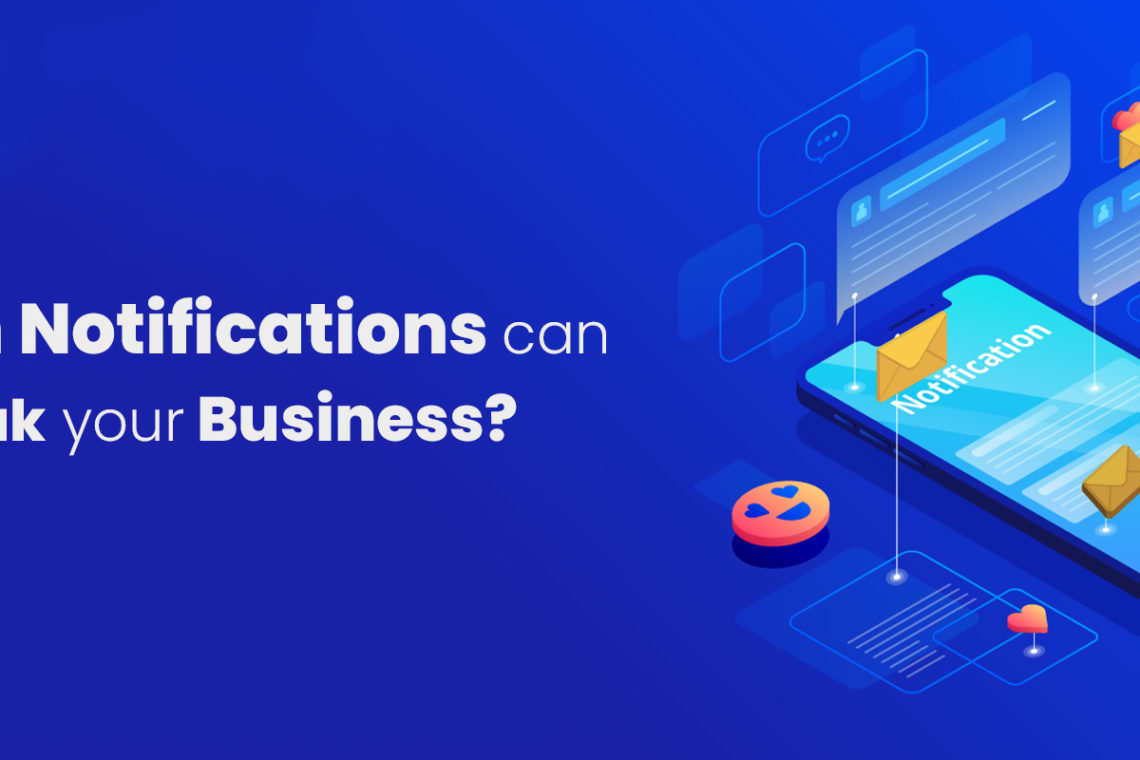
The global COVID-19 pandemic has affected our perceptions about digital encounters and changed the world in many more ways. Due to a year in which people experienced more health dangers than advantages from in-person medical visits, digital healthcare has grown in popularity. Digital healthcare has become crucial for patients accessing a range of treatments, from preventative or lifestyle-related services to outpatient care to chronic illness management, even after vaccines became widely available. Digital healthcare aids healthcare professionals in compiling and contextualising patient data and selecting the best course of therapy for each patient.
In 2019. The size of the global market for digital health was $84.08 billion dollars. It is anticipated to increase at a compound annual growth rate of 14.8% and reach approximately $220.94 billion.
Aside from this enormous expansion, better patient communication has been associated with favourable health outcomes like lower hospital readmission rates, better adherence to medication regimens, and better physical and mental health outcomes. According to research, health apps have positively impacted patients’ experiences by enhancing access to health information, patient-provider contact, offering transparency regarding health costs, and lowering negative health outcomes.
It’s not hyperbole to say that a successful digital health communications strategy could make the difference between care and misery, and possibly even between life and death.
As they connect patients and clinicians at every stage of the patient journey and close communication gaps that can make or break patient outcomes, push notifications and SMS are essential components of the digital healthcare experience.
These alerts are a crucial component of the digital health puzzle that can support patients in maintaining access to resources, enhancing the continuity of inpatient care, overcoming geographic and physical obstacles, filling gaps in patient care, and, most importantly, encouraging connection between patients and their care teams.
We go over some of the most important ways that these notifications can improve the efficacy of your digital healthcare approach in this section.
Management of Behavioral and Chronic Illness
Although the number of telehealth visits rose in 2020, it’s maybe noteworthy to note that visits for mental health problems and chronic illnesses saw the biggest increases in volume. Routine data entry and provider check-ins are frequently needed to manage these longer-term issues. Through a telehealth app, mobile push and SMS can prompt users to complete their symptom tracking, communicate with clinicians about their ongoing needs, and adhere to a prescribed regimen.
By reminding users to connect to their wearable heart rate monitor, for instance, educating them on what their incoming health data means for their condition, and providing real-time feedback on their health readings, these types of notifications can also support remote monitoring activities with connected devices. If a patient’s incoming vitals put them at danger for a negative health event, push and/or SMS can be utilised to trigger emergency notifications for patients with fragile chronic diseases. In one study, remote monitoring of vital signs, temperature, and pulse were combined with mobile notifications to treat chronic illnesses without requiring access to a physical health institution. When patient data showed irregularities, providers were contacted through push, enabling remote treatments in real time.
Notifications are also very good at boosting adherence and accountability to behavioural health therapies. Receiving alerts during the intervention was linked to greater body fat loss and weight loss in the intervention group in one randomised control experiment that examined the effectiveness of push notifications in enhancing results in an app-based weight management regimen for obese women. According to this study, push alerts significantly increased adherence to a recommended physical activity schedule and food plan. Notifications therefore have measurable advantages for behavioural health programmes like weight loss.
Project Rnin, a cancer intelligence suite, has transformed the way that cancer is treated by employing push notifications to encourage and remind people to keep track of their symptoms in between appointments with their healthcare providers. Their AI-driven therapy platform uses the patient-provided data to contextualise information and aid doctors in making treatment decisions that are more appropriate for each unique patient.
Medication Administration
Digital healthcare professionals can use notifications to promote medication adherence and management in addition to controlling symptoms and behaviours. Digital health providers can send patients SMS updates on their prescription status, whether it’s delayed, filled, or needs renewal. To increase medication compliance, SMS or mobile push can be readily tailored and personalised, serving to remind patients to take their medications at specific times of the day.
Results of Tests Delivered
One of the most nerve-wracking parts of navigating the medical system is anticipating test results. The emotion of eagerly anticipating contact with one’s provider after obtaining a lab test can be related to by many people. Fortunately, these time-sensitive outcomes messages can be communicated with effectively using SMS and mobile notifications. When test results are available, people can be notified via mobile push or SMS and be taken directly to the relevant page or app. The patient experience can be enhanced by rapidly and immediately connecting patients to their results and pointing them toward further resources for understanding these findings.
Public health measures
In public health programmes that attempt to stop negative health outcomes, push and SMS notifications are effective strategies. Healthcare apps should stress primary prevention, or the upstream model, as a method to intervene before treatment is required, even though we typically identify healthcare with treating sickness, or the downstream model. Push notifications and text messages are excellent tools for promoting early intervention and reducing the need for therapy in the future.
The CA Notify Exposure warning system, which provides Covid alerts to users exposed to positive Covid cases while respecting user privacy, is an important use case for public health push notifications from the pandemic era. The system notifies users when they have been exposed to a positive case, giving them the opportunity to take the necessary steps to get tested, get medical care, and stop the spread of the disease, all of which might figuratively save lives. The business strategy of this smartphone app relies on prompt notifications, and it serves as a potent example for other healthcare apps who want to add contact tracking for various infectious diseases.
Developing an Effective Messaging Strategy for the Telemedicine Sector
Although the telemedicine sector has many potential applications for messaging channels, developing a HIPPA-compliant, customised, and scalable messaging strategy can be challenging. Mok.one was created to assist you in managing patient communication across all channels, including email, bulk SMS, in-app messaging, and push notifications for mobile and online. Our technology is simple to use, takes little time to set up, and makes it simple to automate and tailor your communications while still respecting patient privacy. If you don’t already have one, you may sign up for Mok.one for no cost and start delivering push alerts right away. To select the ideal package for your company, go to our price page. You may also skip the dialogue and register a free account instead.
